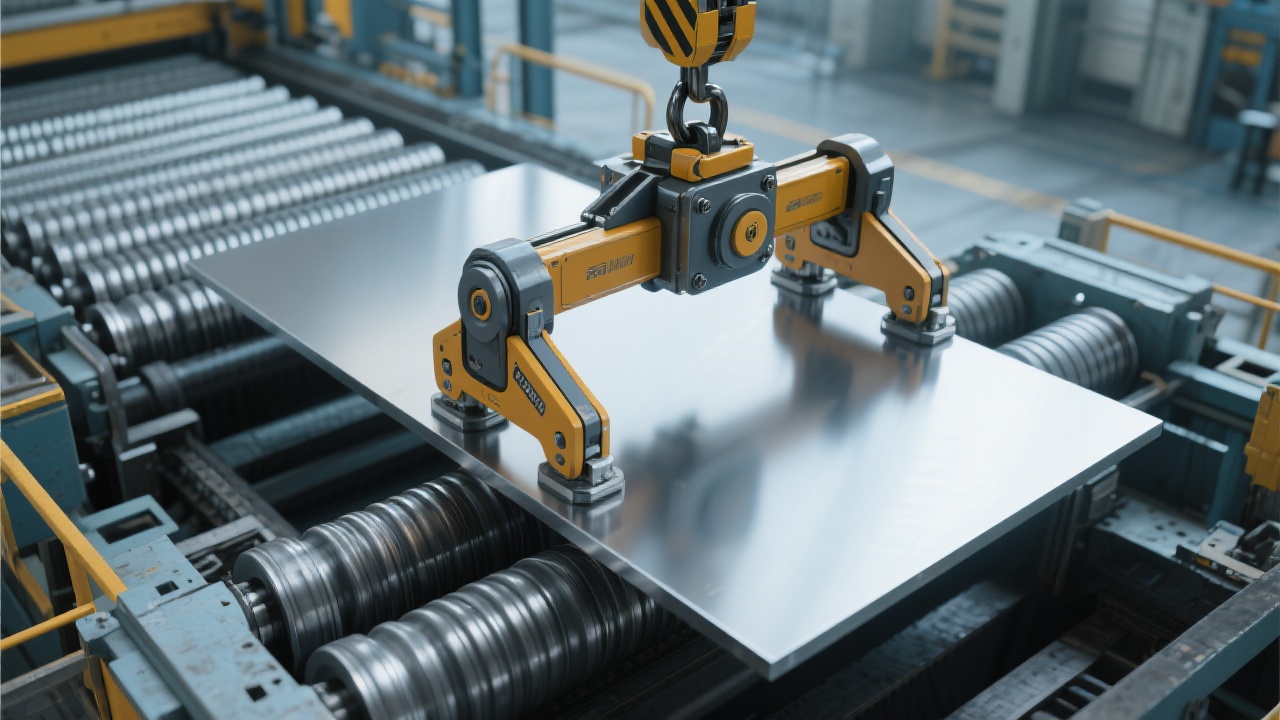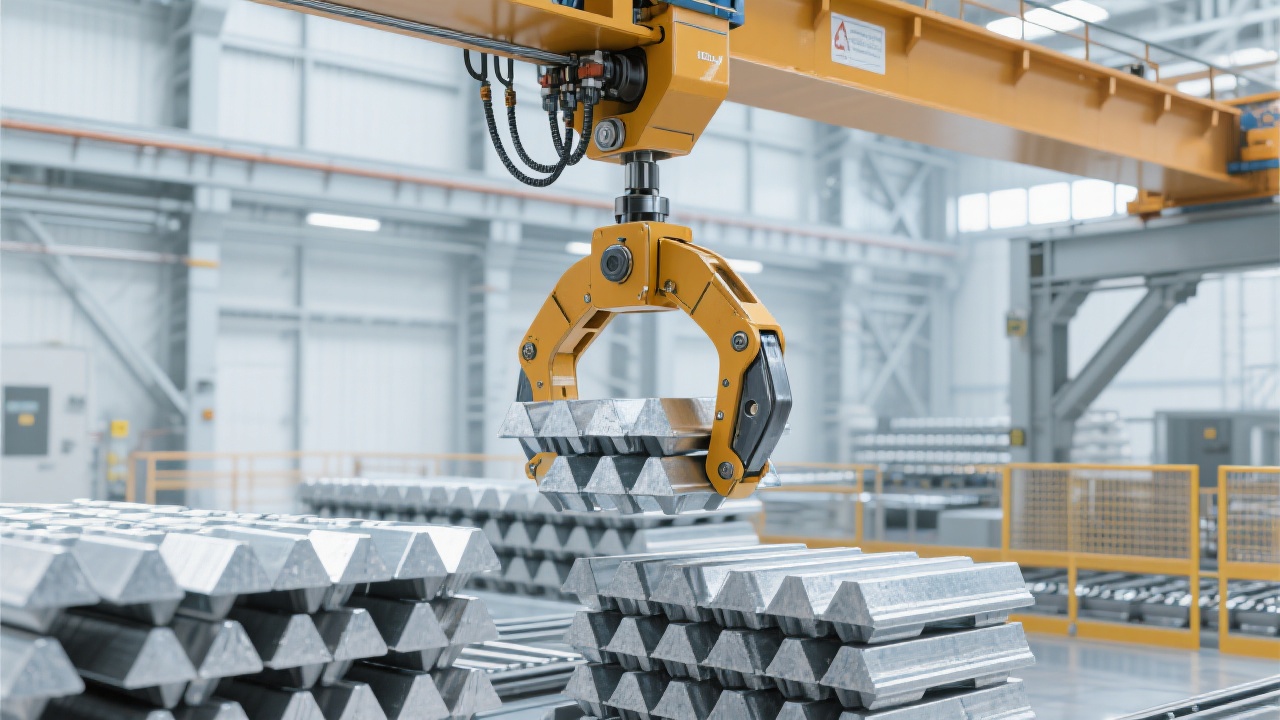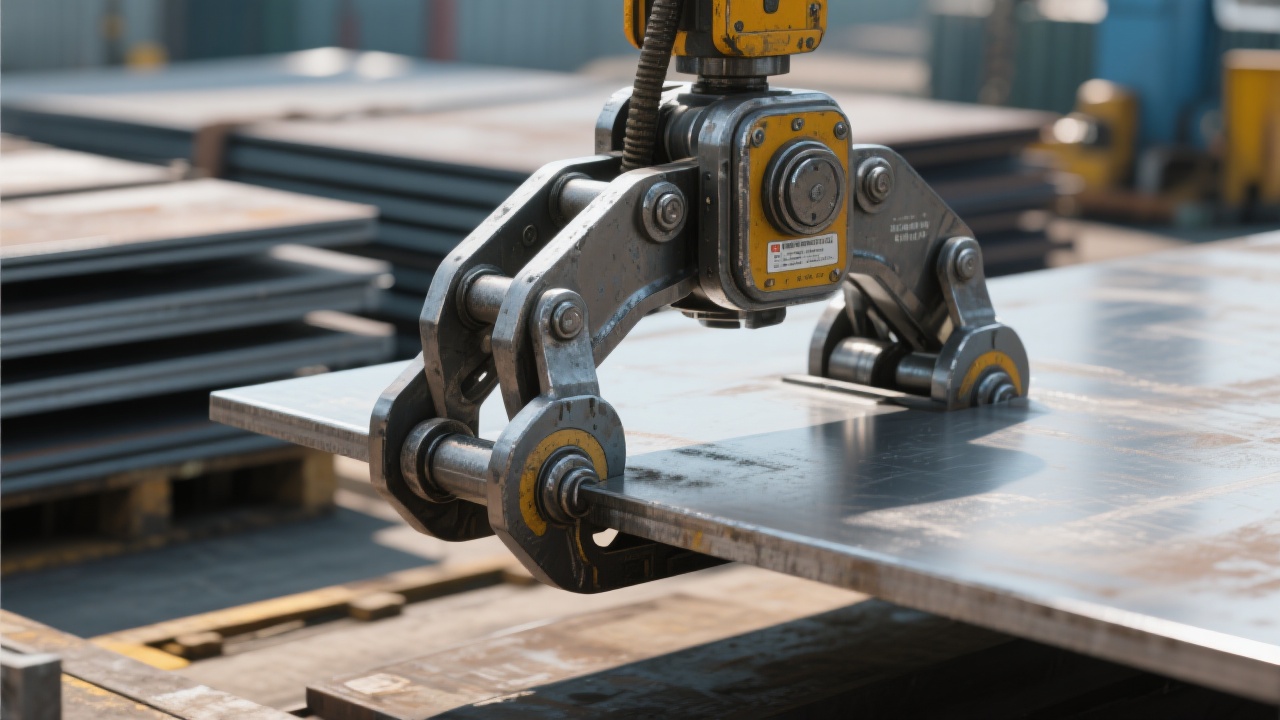
In the realm of hot rolling steel production, the tong clamp stands as a critical component in handling blazing slabs that reach temperatures upward of 1200°C. Yet, in my 18 years working across global steel mills, I’ve often seen operators stumble upon common yet costly failures such as hydraulic leaks, gripping failures, and sluggish actions. These malfunctions not only threaten the continuous flow of production but also pose safety risks to on-site personnel. Understanding the root causes and implementing systematic maintenance strategies is therefore indispensable.
Typically, malfunctions trace back to mechanical wear, seal degradation under extreme heat, or anomalies within the control mechanisms. For example, hydraulic leaks often stem from seal hardening accelerated by thermal cycling, while gripping failures usually result from component wear or misalignment after prolonged operation. Sluggish clamp movement frequently indicates contamination in hydraulic fluid or sensor feedback irregularities.
Engineer Insight: “A recurring issue we help clients solve is sensor drift caused by high-temperature exposure. Calibrating the auto-switch mechanism every 500 operational hours can preempt unexpected trip delays and ensure real-time diagnostics remain accurate.” – Titanium Dynamics Engineering Team
| Fault Type | Root Cause | Recommended Action |
|---|---|---|
| Hydraulic Leak | Seal Aging & Thermal Damage | Routine seal inspection & replacement threshold at 1000 hours |
| Gripping Failure | Mechanical Wear or Misalignment | Lubrication every 300 hours & alignment verification |
| Delayed Activation | Sensor Drift & Fluid Contamination | Sensor calibration with auto-switch mechanism; hydraulic fluid change every 500 hours |
To sustain production efficiency, implementing a structured daily inspection checklist is pivotal. This should include visual checks of hydraulic lines, sensor signal integrity testing, and functional tests of the tong’s opening and closing cycles. Additionally, lubrication schedules must align with operational intensity to avoid premature wear, particularly under harsh thermal conditions.
Beyond manual routines, adopting sensor state monitoring systems enables early detection of anomalies such as pressure drops or temperature spikes. These real-time alerts facilitate maintenance teams to intervene before minor faults escalate into catastrophic failures that cause unplanned downtime.
The automatic open/close switch mechanism acts as the brain coordinating tong operation timing. However, continuous exposure to heat and vibration can shift its baseline, producing delayed or failed activation. Regular calibration is therefore non-negotiable.
In practice, the calibration involves verifying sensor offsets and mechanical tolerance alignment, ideally executed every 500 operational hours or after maintenance interventions. Data from Titanium Dynamics’ client mills shows that adherence to this regime reduces unexpected stop incidents by over 30%, significantly bolstering line throughput stability.
The maintenance philosophy embraced by Titanium Dynamics revolves around a closed-loop system: identifying fault indicators → executing calibrated inspection → acting on sensor data → verifying outcomes. This iterative cycle not only promotes equipment longevity but also sharpens technical teams’ diagnostic acumen.
A useful tip is to maintain detailed logs combining sensor trends with manual inspection records, fostering predictive maintenance rather than reactive firefighting. Over time, this builds a repository of failure modes tailored to specific plant conditions.

Titanium Dynamics’ technical team guides customers worldwide to implement these best practices, helping reduce unplanned downtime by over 30%—a game-changer for competitiveness in the hot rolling sector.
Are you facing similar issues at your facility? Share your specific challenges with us—we’ll provide 3 custom-tailored industry case solutions based on your operating scenario.



